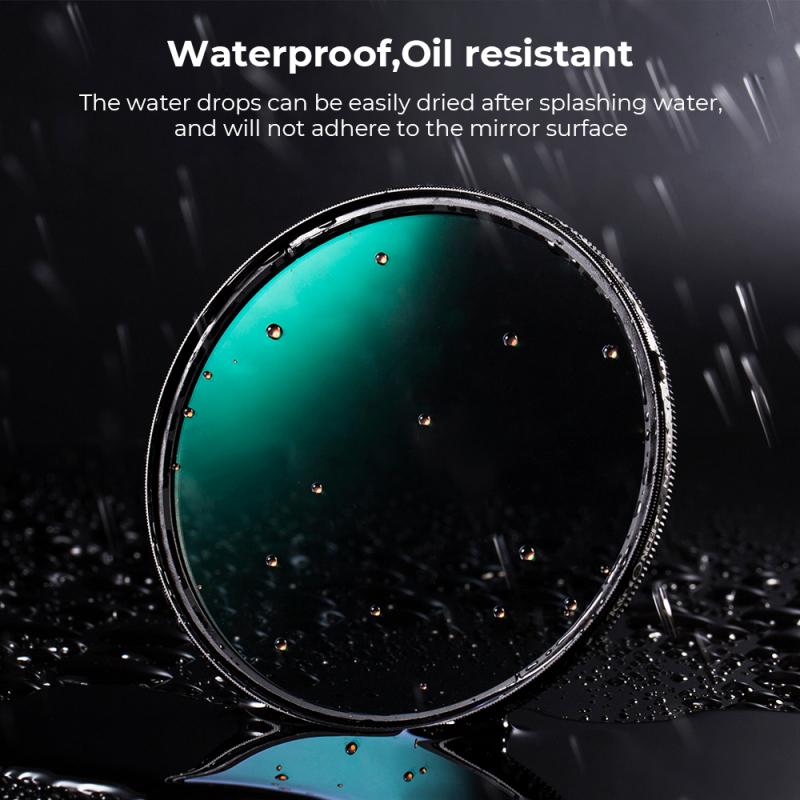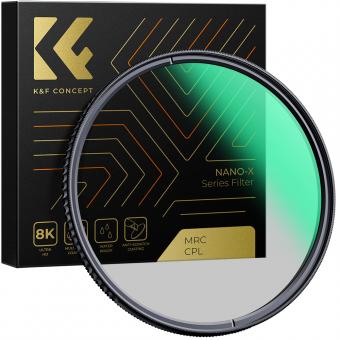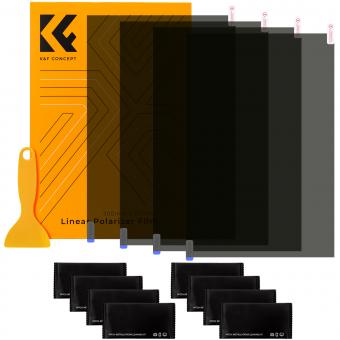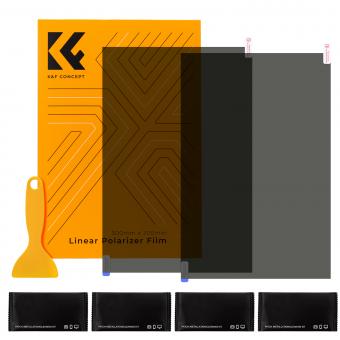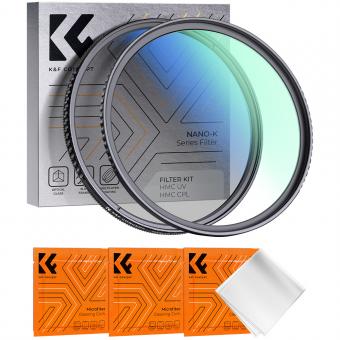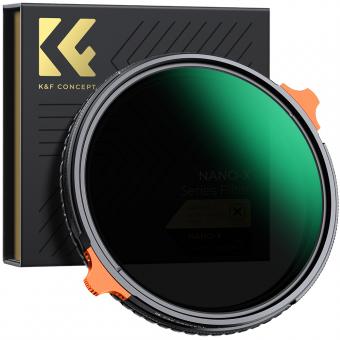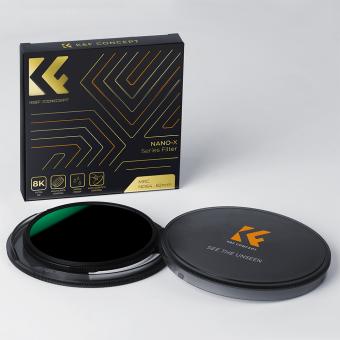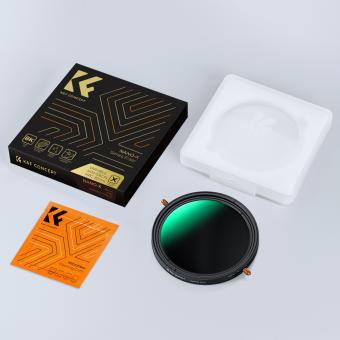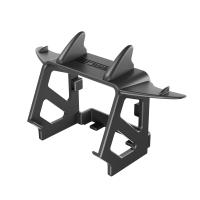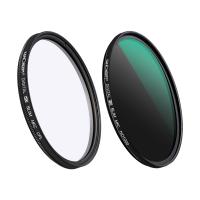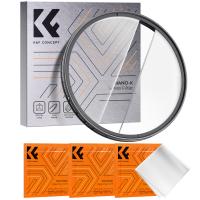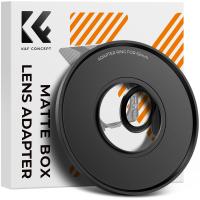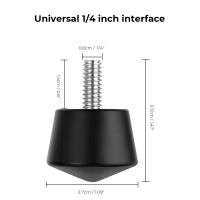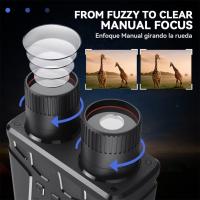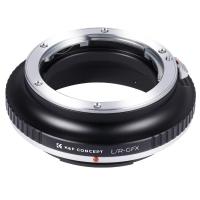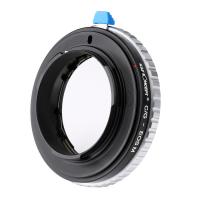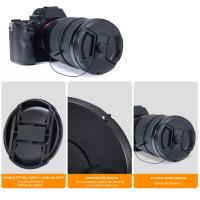What Is A Circular Polarizing Filter ?
A circular polarizing filter is an optical filter used in photography and videography to reduce glare and reflections from non-metallic surfaces such as water, glass, and foliage. It consists of two layers of polarizing material that are arranged in a way to allow light waves of a specific orientation to pass through while blocking light waves of other orientations. By rotating the filter, photographers can adjust the amount of polarization and selectively control the amount of reflected light that enters the camera lens. This helps to enhance color saturation, improve contrast, and create more vibrant and detailed images. Circular polarizing filters are commonly used in landscape photography, outdoor portraits, and any situation where reducing glare and reflections is desired.
1、 Definition and Function of a Circular Polarizing Filter
A circular polarizing filter is an optical accessory used in photography and videography to reduce glare and reflections from non-metallic surfaces, such as water, glass, and foliage. It is a type of polarizing filter that consists of two layers of glass with a special film in between. The outer layer rotates, allowing the photographer to adjust the angle of polarization.
The primary function of a circular polarizing filter is to enhance the overall image quality by reducing unwanted reflections and increasing color saturation. By selectively blocking certain polarized light waves, the filter helps to eliminate glare and haze, resulting in clearer and more vibrant images. It also improves contrast and detail, particularly in outdoor scenes with a bright sky.
Additionally, a circular polarizing filter can be used to darken the sky, making clouds stand out more prominently. This effect is achieved by rotating the filter to the optimal angle, which maximizes the polarization of the light entering the lens.
In recent years, the use of circular polarizing filters has become increasingly popular due to the rise of digital photography and the convenience of post-processing software. While some of the filter's effects can be replicated in editing software, the filter itself offers immediate results and allows photographers to capture the desired image in-camera.
It is important to note that circular polarizing filters are not suitable for all situations. They can reduce the amount of light entering the lens, which may require longer exposure times or higher ISO settings. Additionally, they are not effective when shooting with wide-angle lenses, as the polarization effect may not be consistent across the entire frame.
Overall, a circular polarizing filter is a valuable tool for photographers and videographers, enabling them to control reflections, enhance colors, and improve the overall quality of their images.

2、 How Circular Polarizing Filters Reduce Glare and Reflections
A circular polarizing filter is a camera accessory that helps reduce glare and reflections in photographs. It is a type of optical filter that is commonly used in photography to enhance the quality of images by minimizing unwanted light reflections.
Glare and reflections occur when light waves bounce off surfaces at certain angles, causing them to become polarized. This polarized light can create unwanted reflections and reduce the overall clarity and contrast of an image. A circular polarizing filter works by selectively blocking these polarized light waves, allowing only the desired light to pass through the lens and reach the camera sensor.
When using a circular polarizing filter, photographers can rotate the filter to adjust the angle at which it blocks polarized light. By doing so, they can effectively reduce glare and reflections from non-metallic surfaces such as water, glass, and foliage. This results in images with improved color saturation, increased contrast, and enhanced overall clarity.
Moreover, circular polarizing filters also help to darken skies, making clouds stand out more prominently and creating a more dramatic effect in landscape photography. They can also be used to minimize the appearance of haze and atmospheric pollution, resulting in clearer and more vibrant images.
In recent years, advancements in technology have led to the development of high-quality circular polarizing filters with improved light transmission and reduced color distortion. These filters are now available in various sizes and can be easily attached to different camera lenses, making them a valuable tool for photographers looking to capture stunning, glare-free images.
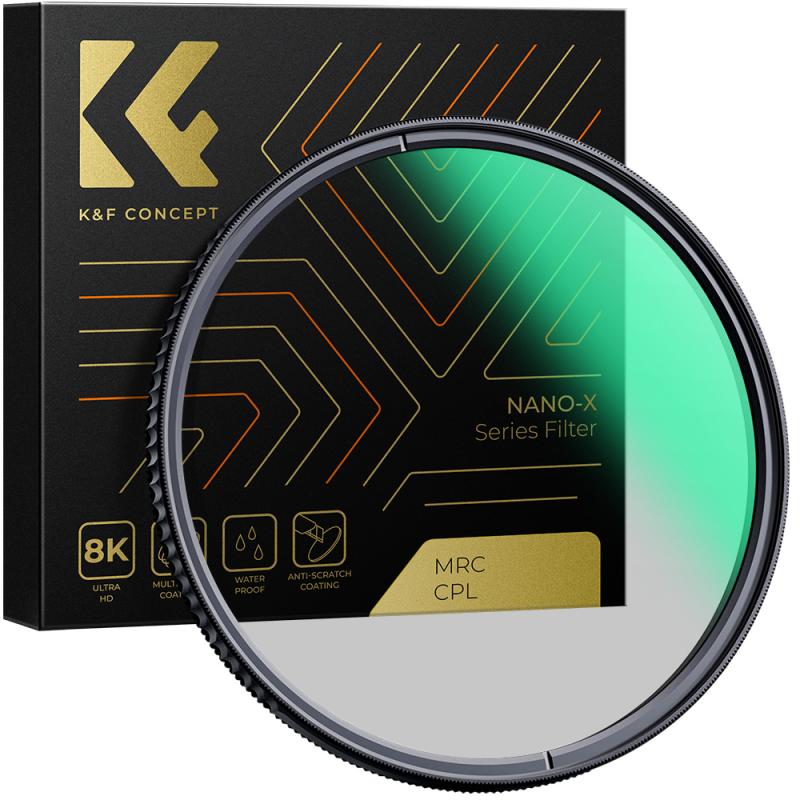
3、 Benefits of Using a Circular Polarizing Filter in Photography
A circular polarizing filter is an essential tool in photography that helps to enhance image quality by reducing glare and reflections, improving color saturation, and increasing overall contrast. It is a type of optical filter that is attached to the front of a camera lens and can be rotated to adjust the polarization effect.
The primary function of a circular polarizing filter is to eliminate unwanted reflections from non-metallic surfaces such as water, glass, and foliage. By reducing these reflections, the filter allows photographers to capture clearer and more vibrant images. It also helps to enhance the color saturation of the scene, making the colors appear more vivid and true to life.
Another significant benefit of using a circular polarizing filter is its ability to darken the sky and make clouds stand out more prominently. This effect is particularly useful in landscape photography, where it can add depth and drama to the image. Additionally, the filter can help to reduce haze and atmospheric pollution, resulting in sharper and more detailed photographs.
In recent years, the use of circular polarizing filters has become even more important due to the increasing popularity of digital photography. While some of the effects of a circular polarizing filter can be replicated in post-processing, using the filter during the actual capture ensures better image quality and reduces the need for extensive editing.
Overall, a circular polarizing filter is a valuable tool for photographers, allowing them to control reflections, enhance colors, and improve overall image quality. It is a must-have accessory for landscape, nature, and architectural photography, as well as any situation where reducing glare and reflections is desired.
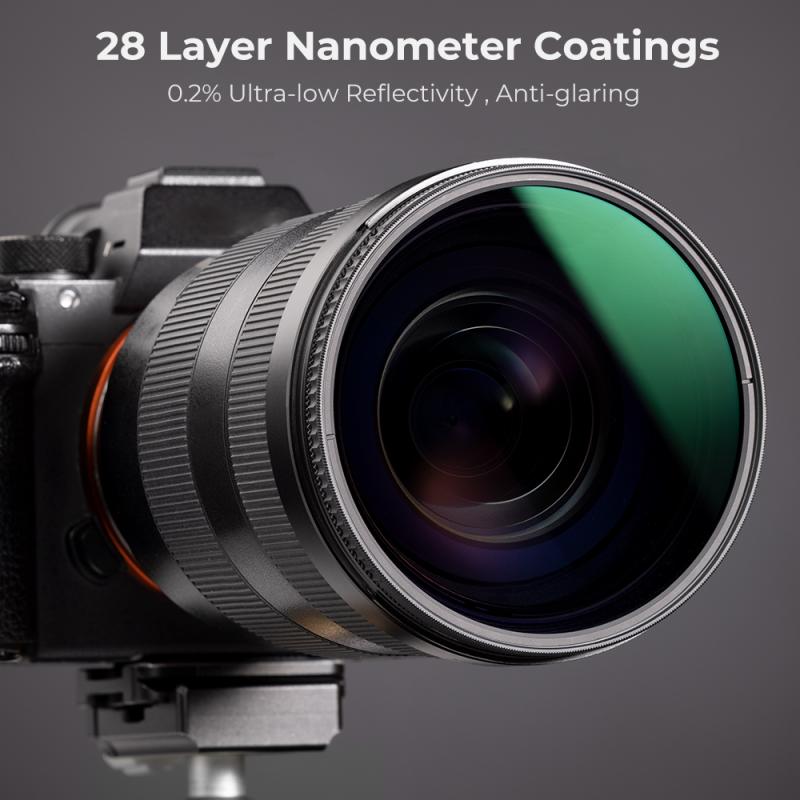
4、 Techniques for Properly Using a Circular Polarizing Filter
A circular polarizing filter is a camera accessory that helps to reduce glare and reflections from non-metallic surfaces, such as water or glass. It is commonly used in landscape photography to enhance the colors and contrast of the scene. The filter works by selectively blocking certain polarized light waves, allowing only the desired light to pass through the lens.
When properly used, a circular polarizing filter can significantly improve the quality of photographs. It can deepen the blue of the sky, make clouds more prominent, and enhance the saturation of colors in foliage and water. Additionally, it can minimize reflections on shiny surfaces, making them appear more transparent and allowing the details behind them to be captured more effectively.
To use a circular polarizing filter effectively, there are a few techniques to keep in mind. Firstly, it is important to adjust the filter's orientation to achieve the desired effect. Rotating the filter allows the photographer to control the amount of polarization and the resulting level of glare reduction. Secondly, it is crucial to be aware of the angle of the light source in relation to the subject. The filter works best when the light source is at a 90-degree angle to the camera, so it is important to position oneself accordingly.
In recent years, there has been a growing trend towards using post-processing techniques to achieve similar effects as those provided by a circular polarizing filter. While these techniques can be effective to some extent, they often cannot fully replicate the natural and authentic results obtained with a physical filter. Therefore, many photographers still prefer to use circular polarizing filters to achieve the desired effects directly in-camera.
In conclusion, a circular polarizing filter is a valuable tool for photographers looking to enhance their images by reducing glare and reflections. By properly using this filter and considering the latest advancements in post-processing techniques, photographers can achieve stunning results that capture the true beauty of the scene.
